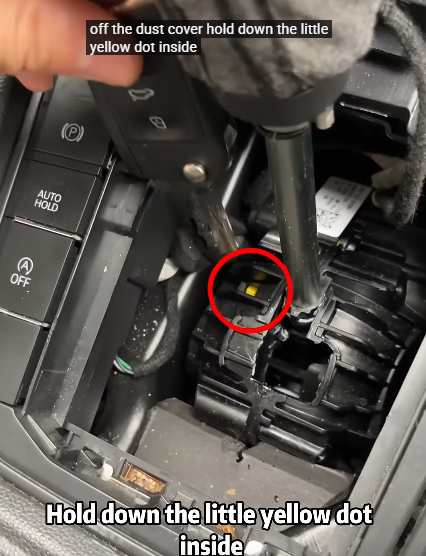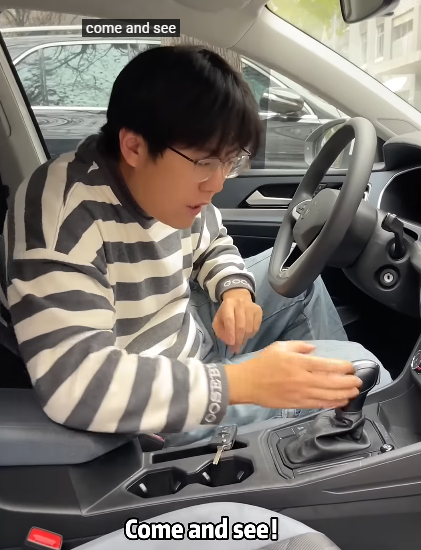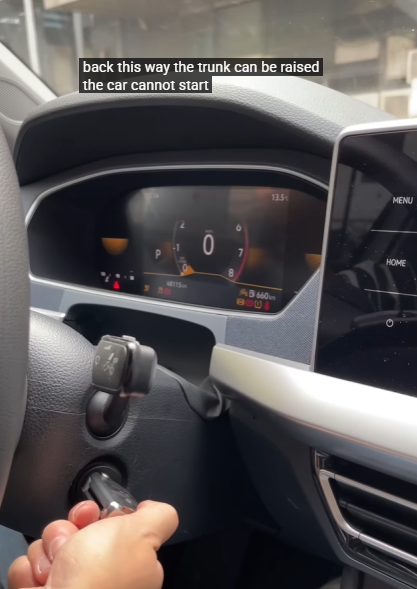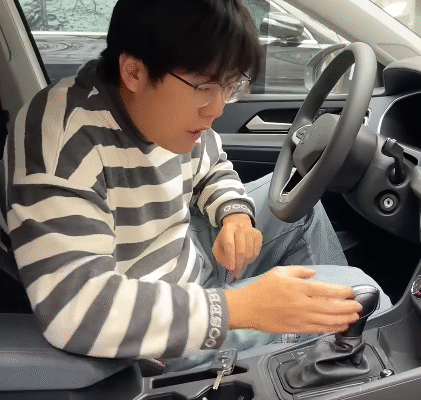
Modern cars are packed with technology and safety features designed to keep drivers, passengers, and even pedestrians safe on the road. Among these features, one of the most underrated but crucial ones is the emergency function. While most drivers are familiar with basics like headlights, windshield wipers, or air conditioning, very few take the time to learn what their car can do in an emergency situation. Knowing how your car responds in a crisis could make the difference between a minor incident and a major accident.
In this article, we’ll explore what “car emergency functions” mean, the most common ones available in modern vehicles, and why it’s vital for every driver to understand and use them properly.
What is a car emergency function?
A car emergency function refers to the built-in systems and features that activate during urgent or dangerous situations, either automatically or manually, to protect the driver and passengers. These functions aren’t limited to airbags or seatbelts. They include a wide range of technologies—from automatic braking to hazard lights, from electronic stability control to advanced driver-assist systems.
Some of these functions are designed to prevent accidents, while others help reduce damage or injury after an accident occurs. The main purpose is always the same: to give you the best possible chance of staying safe.
Common car emergency functions you should know
1. Hazard warning lights
The hazard lights, often symbolized by a red triangle button on your dashboard, are one of the most basic but essential emergency functions. Pressing it activates all four turn signals at the same time, alerting other drivers that your car is in distress.
When to use:
- If your car breaks down on the road.
- When you’re involved in an accident.
- During sudden slowdowns in heavy traffic.
- If you need to warn others about a dangerous obstruction.
Many accidents happen because stranded cars are invisible to approaching traffic. Turning on your hazard lights immediately increases your visibility.

2. Emergency brake assist (EBA or BAS)
Many drivers underestimate how much force is required to stop a car quickly in an emergency. Emergency Brake Assist detects when you slam the brake pedal and automatically applies maximum braking pressure to shorten stopping distance.
For example, if a child suddenly runs into the street, your natural instinct may be to stomp on the brake. But sometimes drivers don’t press hard enough. The emergency brake assist takes over and ensures the car slows down as quickly as possible.
3. Anti-lock braking system (ABS)
Before ABS, slamming on the brakes could cause your wheels to lock up, leading to dangerous skids. ABS prevents that by automatically pulsing the brakes during hard stops, allowing you to maintain steering control.
This means if you’re swerving to avoid another car, ABS helps you steer while still braking. Many drivers feel a vibration in the brake pedal during ABS activation—this is normal and a sign that the system is working.
4. Electronic stability control (ESC)
Imagine you’re driving on a wet or icy road and suddenly need to turn to avoid an obstacle. Without stability control, your car might skid out of control. ESC detects loss of traction and applies braking to individual wheels while adjusting engine power, helping you maintain control.
This emergency function is now mandatory in many countries because it has saved countless lives by preventing rollovers and side skids.

5. Automatic emergency braking (AEB)
AEB uses sensors and cameras to detect an imminent collision with a car, pedestrian, or cyclist. If the system senses that you aren’t reacting quickly enough, it automatically applies the brakes.
This feature is especially helpful in city traffic, where sudden stops are common. Studies show that cars with AEB have significantly lower crash rates compared to those without.
6. Airbags and pretensioners
Airbags are perhaps the most famous emergency feature. In a collision, sensors trigger airbags to inflate in milliseconds, cushioning the impact and reducing injury.
Seatbelt pretensioners work alongside airbags. They instantly tighten your seatbelt during a crash to hold you firmly in place, ensuring airbags work effectively.
Together, these systems form a protective barrier that can drastically reduce fatalities in severe accidents.
7. SOS or eCall system
Many modern vehicles now come equipped with an SOS button or an automatic eCall function. In the event of a severe crash, the car automatically calls emergency services, providing your location and vehicle information.
Even if you are unconscious, rescue teams can be dispatched quickly. This technology is especially valuable in remote areas where help might not otherwise arrive in time.

8. Emergency fuel cut-off
In the event of a serious collision, some cars automatically cut fuel supply to the engine. This prevents fuel leaks that could lead to fires. Though it often goes unnoticed, this quiet emergency function saves lives in post-crash scenarios.
9. Lane departure warning and lane-keeping assist
If you unintentionally drift out of your lane, lane departure warning alerts you with a sound or vibration. Lane-keeping assist goes further by gently steering the car back into its lane.
In emergencies caused by fatigue or distraction, this feature can prevent head-on collisions.
10. Emergency parking brake (electronic handbrake)
If your brakes fail, many cars equipped with electronic parking brakes allow you to pull up and hold the switch to bring the car to a stop. Unlike the old manual handbrake, this system applies braking to all wheels in a controlled way.
Why knowing these functions matters
Technology alone doesn’t guarantee safety—knowledge does. Many accidents happen because drivers either don’t know these emergency features exist or don’t know how to use them correctly.
For example:
- A driver might forget to turn on hazard lights during a breakdown, leaving their car invisible at night.
- Someone may panic when ABS makes the brake pedal vibrate, mistakenly releasing it instead of pressing harder.
- Few drivers know that holding down the start/stop button in modern cars can shut off the engine in emergencies.
By learning about these functions, you can react confidently and make the most of your car’s built-in safety systems

Tips for drivers
- Read your owner’s manual. It may not be exciting, but it’s the best guide to your car’s specific emergency features.
- Practice safely. Try braking hard in a safe, empty parking lot to feel how ABS works.
- Stay updated. Car technology evolves quickly—learn what new systems are available.
- Don’t rely blindly. Emergency functions assist, but they don’t replace attentive driving.
- Teach family members. Everyone who drives your car should know how to use hazard lights, SOS calls, and emergency brakes.
Conclusion
Do you know the car emergency function? If not, now is the time to learn. From hazard lights to automatic braking, from airbags to SOS systems, modern cars are designed with advanced features to keep us safe. But these tools are only effective if we understand them and use them correctly.
The next time you sit in your car, take a moment to locate the hazard light switch, check if your vehicle has ABS, or see if there’s an SOS button. These small actions could one day save your life—or the life of someone you love.



